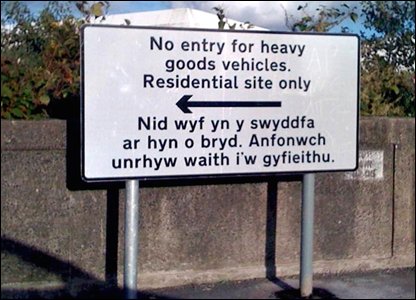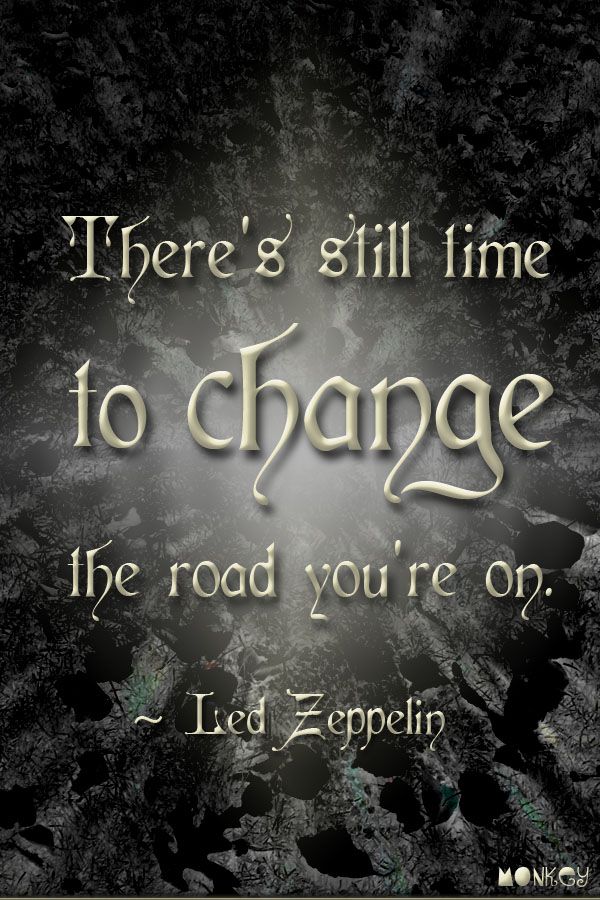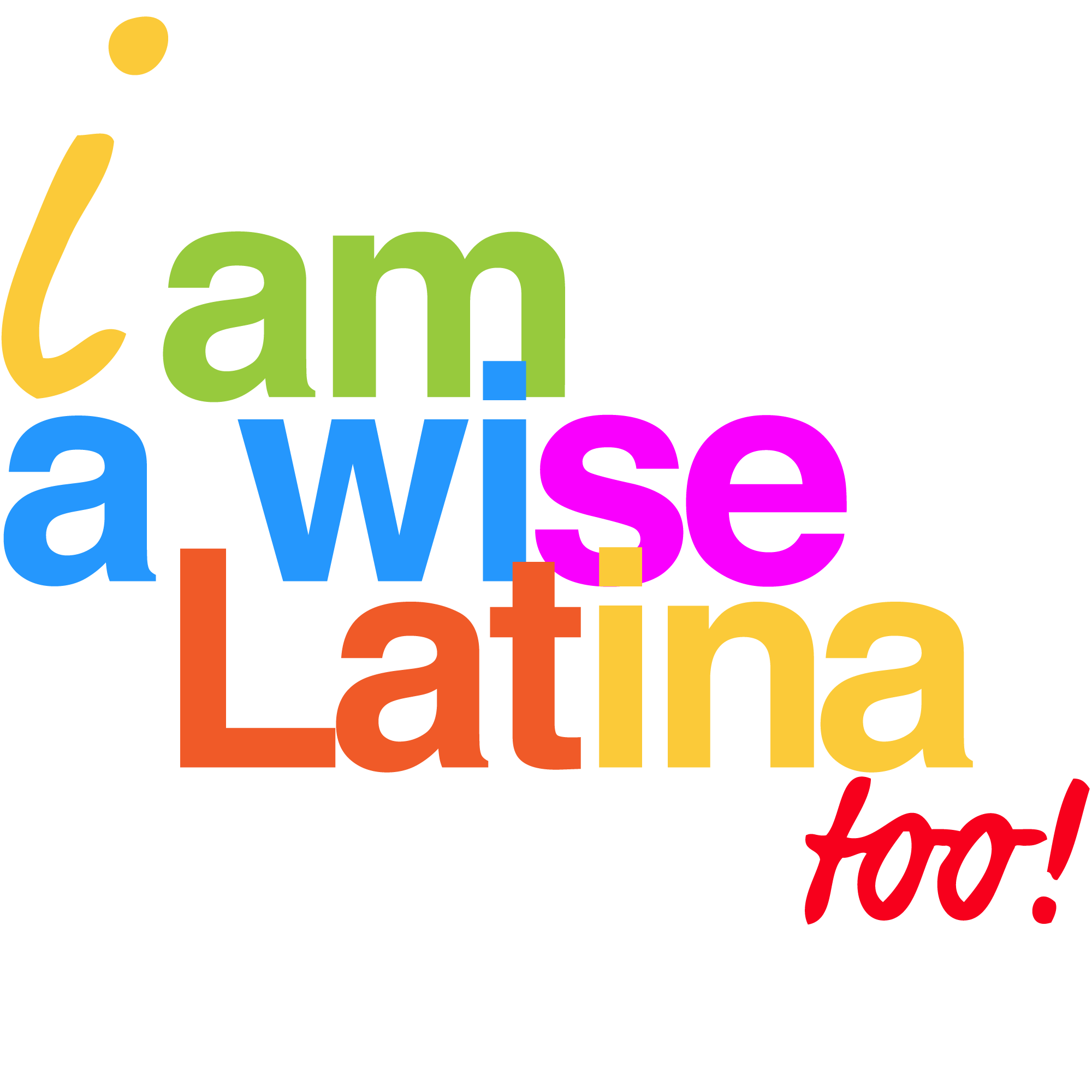Health advertising campaigns by Kaiser Permanente
Kaiser Permanente Continues to Spread Health With New Health Advertising Campaigns
Thrivecampaign reflects diverse communities; focuses on health advocacy and quality
Kaiser Permanente is adding two new television commercials to its Thrive advertising campaign this month. The 30-second ads, titled “Mural” and “Kabuki,” reinforce Kaiser Permanente’s commitment to the communities it serves, as well as the organization’s dedication to helping its members achieve total health.
Mural, the first of the health advertising campaigns
“Mural,” a bilingual commercial featuring Latin music, tells a story of young artists in an urban neighborhood who start with a polluted environment, and create a beautiful mural of a park with a farmers market and a soccer field, demonstrating how healthy environments play an instrumental role in total health and wellness. Using a technique that water-washes a stencil pattern onto a dirty wall, the patterned scene comes to life as the spot closes with the words, “Imagine Health. Kaiser Permanente. Viva Bien.”
Kabuki, the second of the health advertising campaigns
“Kabuki,” a musical-themed ad, showcases an actual Kaiser Permanente health team and employs techniques derived from the ancient art form of Kabuki, a type of Japanese dance-drama. The “Kabuki” spot includes two Southern California doctors, Bob Sallis, MD, and Tad Funahashi, MD, along with Daniella Gerber, education and research clerk, Jim Warmington, pharmacy services manager, Lynn Owens, RN, and Norma Aguilar, medical assistant. The overarching Thrive message is, “You and your Kaiser Permanente team. Together, you rock.”
“‘Mural’ and ‘Kabuki’ continue to expand on Kaiser Permanente’s message of total health,” said Debbie Cantu, vice president of brand marketing and advertising for Kaiser Permanente. “With ‘Mural’ we showcase the importance of community partnerships to create healthier communities and with ‘Kabuki,’ we highlight the benefits of an integrated health care system, where all caregivers are connected with each other as well as with patients. We are proud to emphasize our commitment to healthier communities and comprehensive, coordinated care to promote a culture of wellness–Kaiser Permanente’s point of differentiation.”
The $50-million, multi-year Thrive Campaign was created in partnership with Warren, Michigan-based advertising agency Campbell-Ewald, which has worked with Kaiser Permanente since the rollout of the first Thrive ads in 2004, and its sister agency Accentmarketing, headquartered in Miami, which specializes in the Hispanic market.
“The most interesting aspect of the ‘Kabuki’ spot is the real Kaiser Permanente medical professionals who perform the Kabuki dance in the finale,” said Campbell-Ewald Agency Creative Director, Neville Anderson. “Just as in real life, you can count on every member of the Kaiser Permanente team to work in unison to provide completely integrated care for each patient.”
“Kabuki” will run in California, Oregon/Washington, Colorado (Southern),Hawaii and Georgia. “Mural” will be shown in California,Oregon/Washington and Colorado (Denver).
Source: Red Orbit









